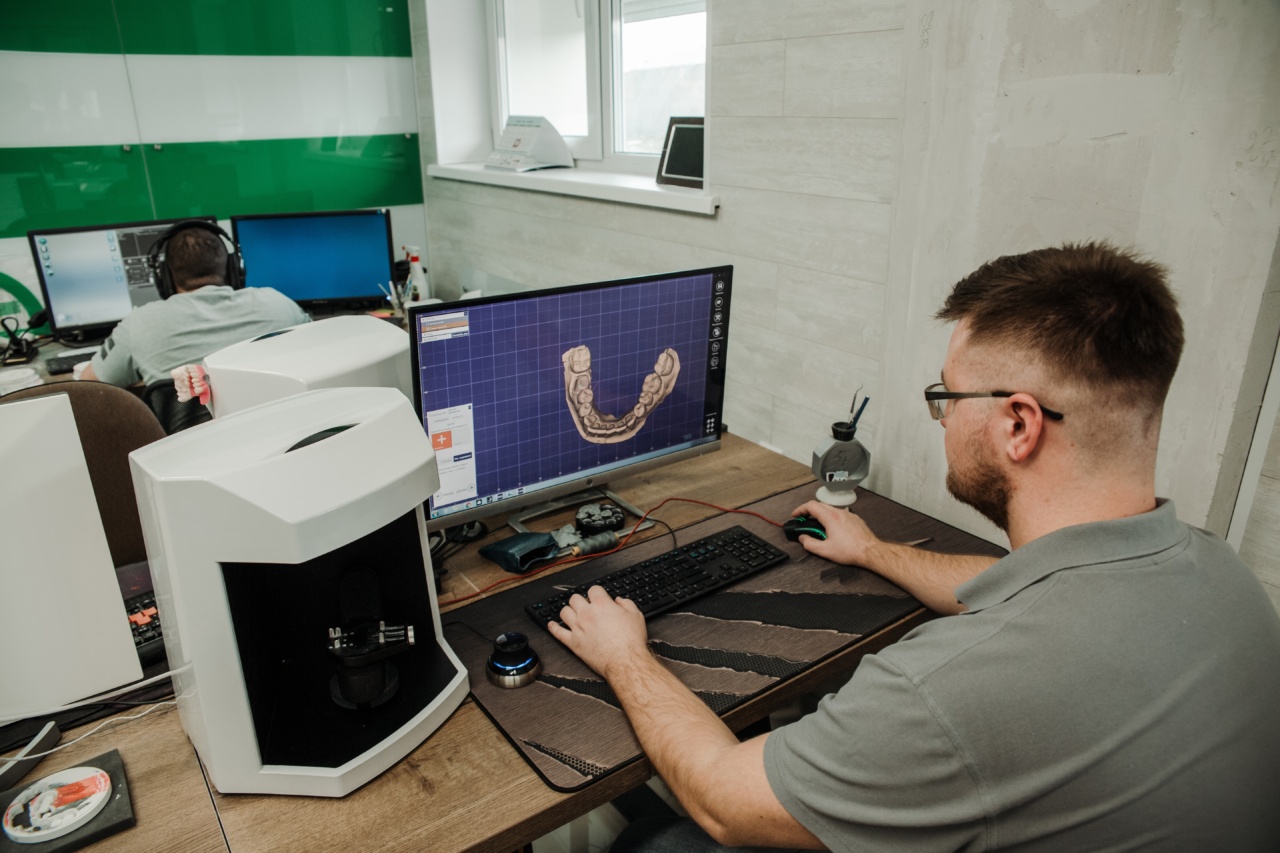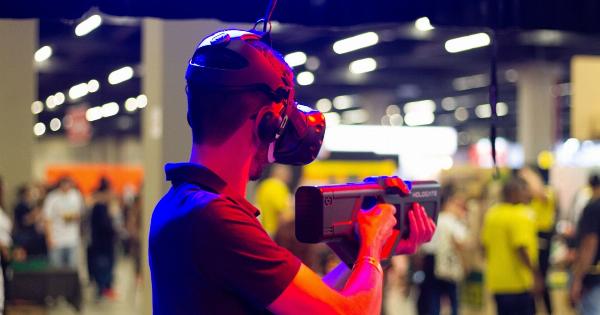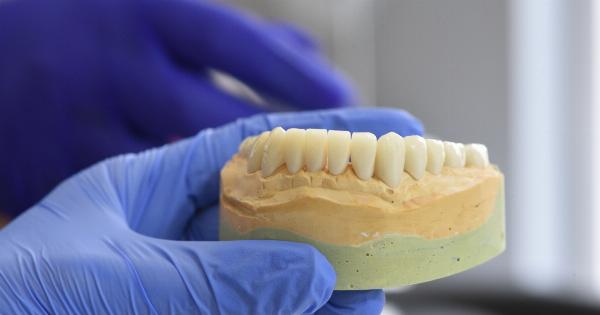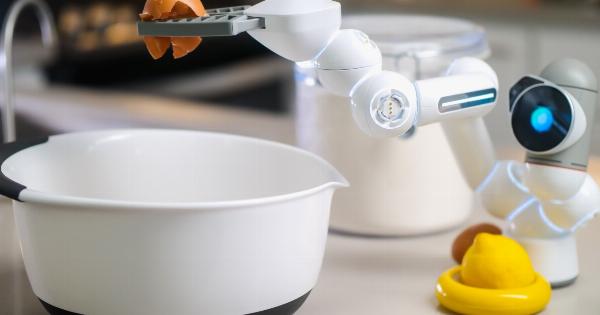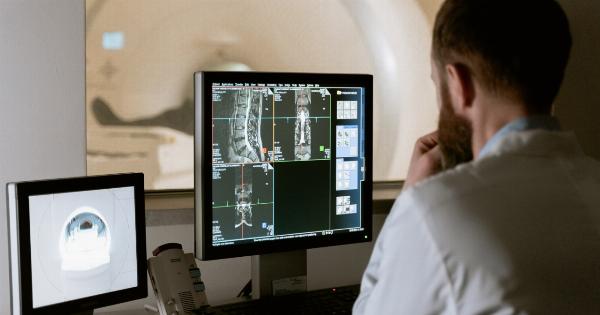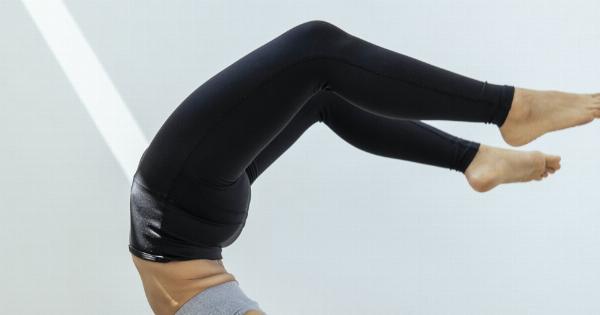The field of medical science continues to evolve at an astonishing rate, and nowhere is this more evident than in the realm of lower jaw restorative surgery.
Over the years, numerous groundbreaking innovations have revolutionized the way surgeons approach and tackle lower jaw restoration procedures. These transformative advancements have not only improved patient outcomes but have also paved the way for more efficient and effective treatment options.
In this article, we will explore ten mind-blowing innovations that have shaped the landscape of lower jaw restorative surgery.
1. Computer-Aided Design and Manufacturing (CAD/CAM)
CAD/CAM technology has emerged as a game-changer in the field of lower jaw restorative surgery. Surgeons now have the ability to design and manufacture customized prosthetic solutions for patients with complex jaw issues.
With the help of computer imaging and 3D printing, precise and patient-specific prosthetics can be created, allowing for better functionality and aesthetics.
2. Virtual Surgical Planning (VSP)
Virtual Surgical Planning is another innovative tool that has transformed lower jaw restorative surgery. With VSP, surgeons can digitally plan and simulate surgical procedures in a virtual environment.
This allows for precise analysis, visualization, and optimization of the surgical plan before the actual operation takes place.
3. Bone Morphogenetic Proteins (BMPs)
Bone morphogenetic proteins are naturally occurring substances that stimulate bone growth and regeneration. These proteins have found applications in lower jaw restorative surgery, particularly in cases involving severe jaw fractures or bone defects.
By promoting bone formation, BMPs help accelerate the healing process and improve outcomes for patients.
4. Piezoelectric Surgery
Piezoelectric surgery utilizes ultrasonic vibrations to perform precise and minimally invasive bone cutting and shaping.
This technique significantly reduces the risk of damage to surrounding tissues and nerves, ensuring a safer and more efficient surgical procedure. Piezoelectric surgery has become an invaluable tool in complex lower jaw restorations.
5. Osseointegrated Implants
Osseointegrated implants provide a secure and stable foundation for dental prostheses in patients with missing teeth or compromised jaw structures.
These implants are surgically placed into the jawbone, where they fuse with the surrounding bone through a process called osseointegration. This innovation has transformed the field of dental restorations, enabling patients to regain full functionality and aesthetics.
6. Computer-Navigated Surgery
Computer navigation technology allows surgeons to visualize real-time, accurate 3D representations of the patient’s jaw during surgery.
By tracking the position and movements of surgical instruments in relation to the patient’s anatomy, computer navigation enhances surgical precision and reduces the risk of errors. This technology has greatly improved outcomes in complex lower jaw restorations.
7. Rapid Prototyping
Rapid prototyping involves the quick and cost-effective production of customized implants or surgical guides using 3D printing technology.
Surgeons can now obtain patient-specific models and devices within hours, significantly speeding up the planning and execution of lower jaw restorative surgeries. Rapid prototyping has drastically reduced waiting times for patients, leading to better overall experiences.
8. Tissue Engineering
Tissue engineering encompasses the development of bioengineered tissues and scaffolds to replace or repair damaged jaw structures.
By combining specialized biomaterials, growth factors, and stem cells, tissue engineering offers a regenerative approach to lower jaw restorative surgery. This innovative technique holds immense potential for the future of jaw reconstruction.
9. Robotic-Assisted Surgery
Robotic-assisted surgery has made its mark in numerous medical specialties, and lower jaw restorative surgery is no exception.
Robots are now being utilized to assist surgeons in performing complex jaw reconstructions, offering enhanced precision, dexterity, and control. This cutting-edge technology allows for safer and more efficient procedures.
10. Augmented Reality (AR) Visualization
Augmented reality visualization brings the surgical plan to life by overlaying virtual models onto the patient’s face during surgery.
Surgeons can visualize anatomical structures, implants, and instruments in real-time, maximizing accuracy and reducing the risk of errors. AR visualization has vastly improved surgical outcomes and has the potential to revolutionize the field of lower jaw restorative surgery.
